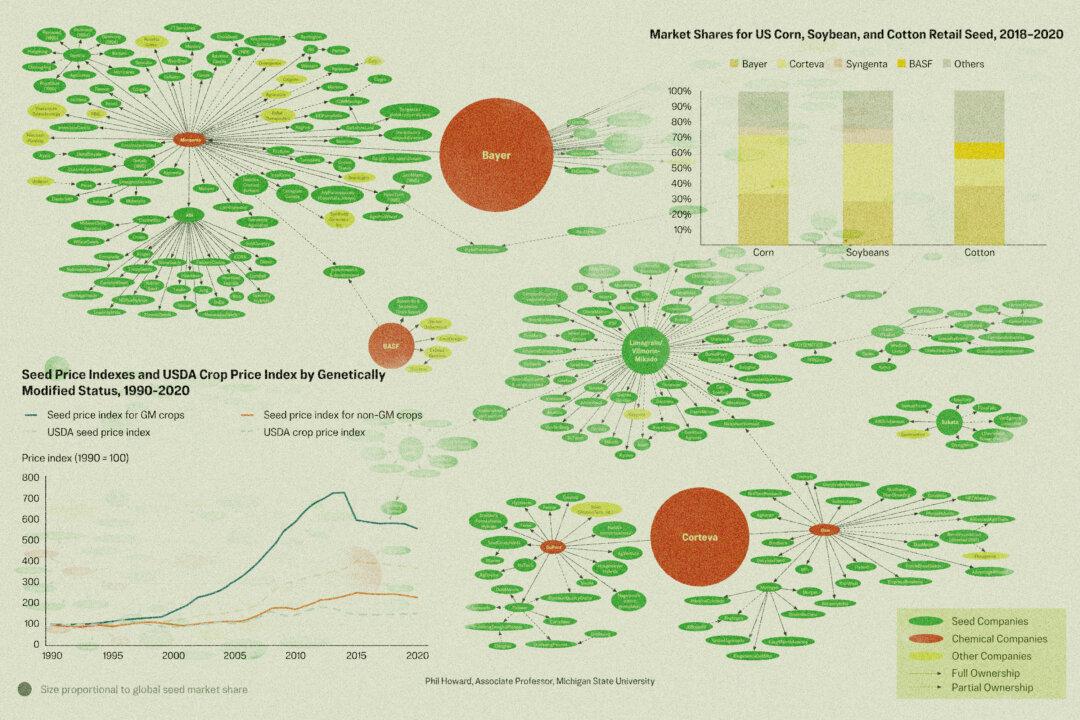BUENOS AIRES, Argentina—Car horns blared as thousands of protesters from socialist unions blocked three main avenues in Buenos Aires near Plaza de Mayo in front of the office of President Alberto Fernández on Aug. 4.
The cacophony has become the city’s background noise in recent months, with a string of massive demonstrations protesting the government cutting the nation’s generous subsidy programs.





